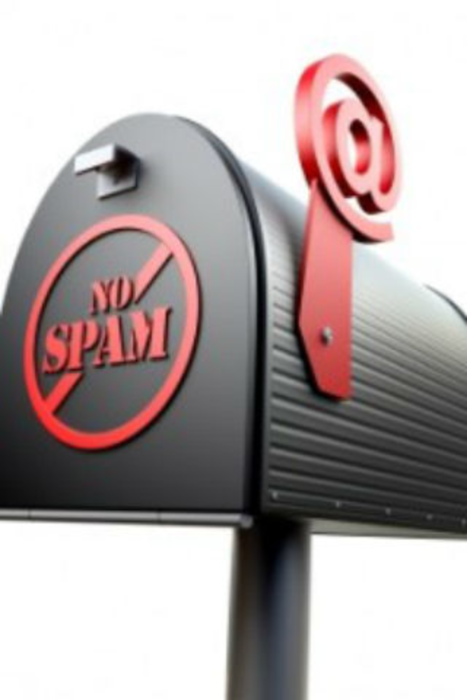No marketers want their emails to land in the spam filter. So, ensuring delivery is an ongoing endeavor. Succeeding requires more art than science—and copious data, according to Rich Harrison, CEO of SMTP.
One of the challenges marketers face in term of email delivery, Harrison said, is the ever-changing ways that ISPs protect their customers against viruses and malware delivered by illegitimate senders. About 25% of legitimate emails never make it to the inbox, as a result. Harrison says that this makes a focus on deliverability essential. “You can’t worry about opens and clicks if the emails never arrive,” he said when we discussed the topic. “This forces marketers to become more cognizant of their sending practices.”
Harrison explained that reputation is a major determinant of successfully bypassing spam filters. “Senders and email service providers need to maintain their reputation,” he said. “If an ESP doesn’t adhere to best practices, or some of its customers don’t, then it will impact other customers. So be diligent about ensuring best practices.” Be careful, for example, to get opt-ins and confirm registrations, as well as to immediately honor opt-outs.
“Sending practices have to be under a microscope,” Harrison said.
According to Harrison, although marketing emails are more problematic than transactional ones, it’s essential to consider how one impacts the other. “Sometimes people make decisions without understanding the ramifications,” he said.
Similarly, marketers should consider the customer’s point of view when planning email communications. “Most senders are concerned with what they’re doing,” Harrison said. “They need to be more cognizant of their recipients and how email can build or damage engagement.”
He advises marketers to understand which recipients open, which click, and which don’t, as well as which hit the “mark as spam button”—because that’s also a measure of engagement. Then, use that information to determine what customers want to engagement in. If customers aren’t clicking or are marketing emails as spam, is it a domain issue or is it the messaging? “The data is there, “Harrison said. “Use it to inform your decisions.”
Customers’ rising expectations have made them more likely than ever to click the spam button, Harrison said. “You’re dealing with human behavior, so some customers may feel that a message is spam, or are confused or paranoid, or they’re too lazy to opt out. But if someone is continually hitting spam, you don’t want to send to them again. You don’t want to keep spamming; it hurts your brand.”
Ultimately, dealing with deliverability is a data management challenge, Harrison said. “It’s easy to say that everyone should use double opt-ins and that’s nice and perfect. But with millions of contacts it’s not so easy to determine who wants to receive your email.”
Email is still growing, he noted, adding that personal interactions are on the wane. This creates an opportunity for marketers. “Using email to your advantage can be inexpensive, but not easy,” Harrison said. “The ongoing challenge is monitor and managing your email marketing to keep reputation and deliverability high.”








